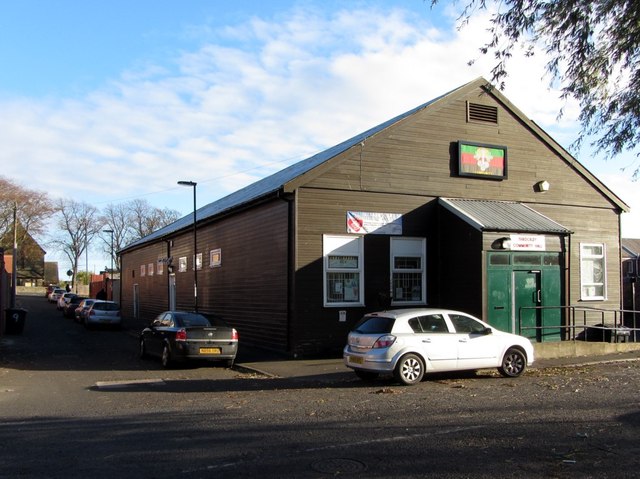Remains of Throckley Isabella Colliery Coke Ovens

-
Description
"See other photo here [[2688755]] The ruins of 4 beehive coke ovens and a brick-lined flue survive on this wooded site within the Newburn Riverside Park. The earthwork footings of further ovens lie to the north. Evidence of additional ovens, the flue system and possibly a brick-built coke bench lies buried in the undergrowth. The ovens were built by the Throckley Coal Company, formed in 1867 by Messrs. Stephenson, firebrick manufacturers and Messrs. Spencer, Newburn steel manufacturers, etc. The sinking of the Isabella Colliery began in 1867 and the construction of the coke ovens in 1869. 22 ovens were built at a cost of £260, the embankment and necessary retaining walls for the attendant railway line costing a further £132. In 1875 a further 22 were constructed and in 1878 a disintegrator for crushing the coal was installed. In 1890 a further 20 ovens were added. The ovens were constructed using bricks from Stephenson's brickworks and the main market for the coke was Spencer's Newburn Steel Works. Tyne and Wear HER(1035): Newburn, Throckley Colliery, Isabella Coke Ovens http://www.twsitelines.info/SMR/1035" Photo by Andrew Curtis, 2016. -
Owner
Andrew Curtis -
Source
Geograph (Geograph) -
License
What does this mean? Creative Commons License
-
Further information
Link: http://www.geograph.org.uk/photo/4908115
Resource type: Image
Added by: Simon Cotterill
Last modified: 2 years, 11 months ago
Viewed: 458 times
Picture Taken: 2016-04-15 -
Co-Curate tags









